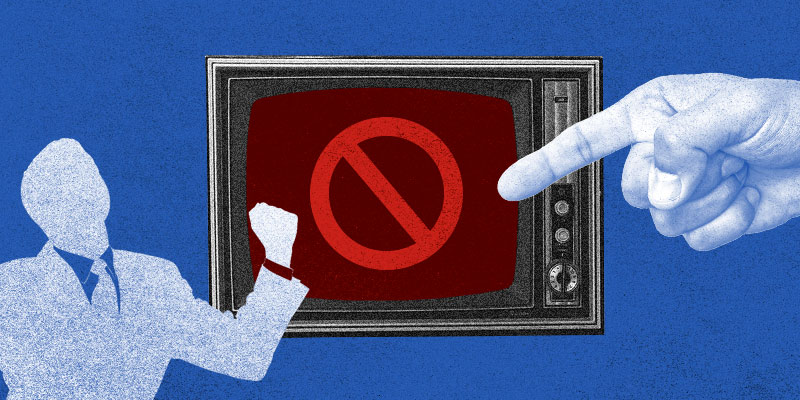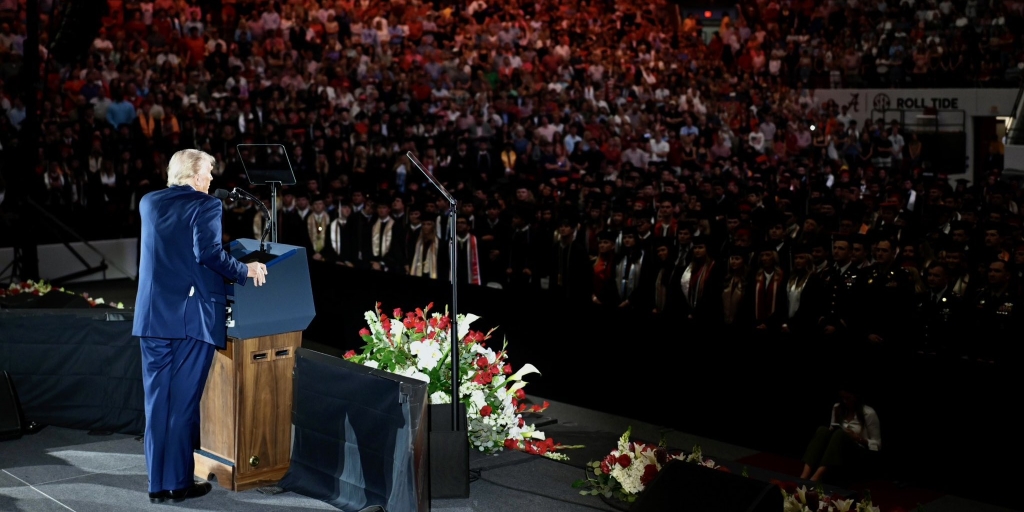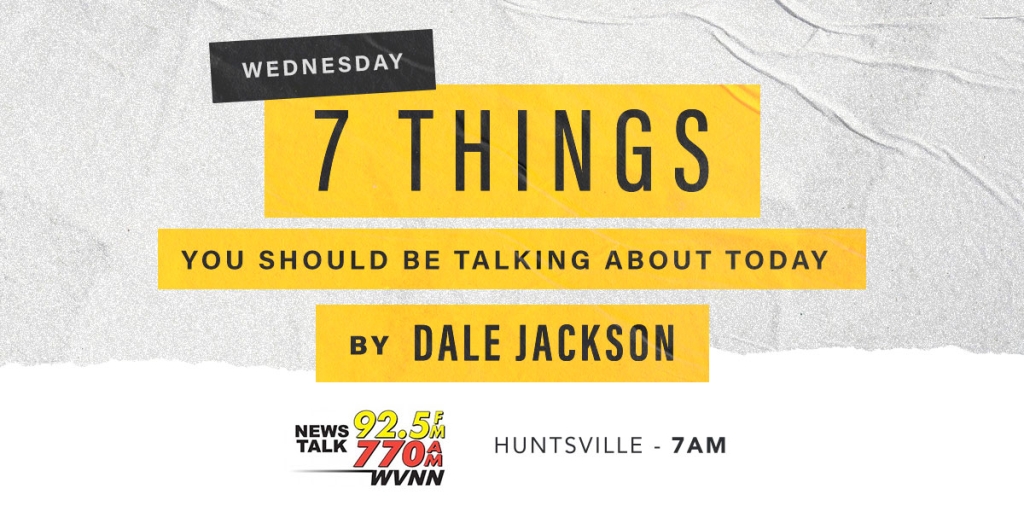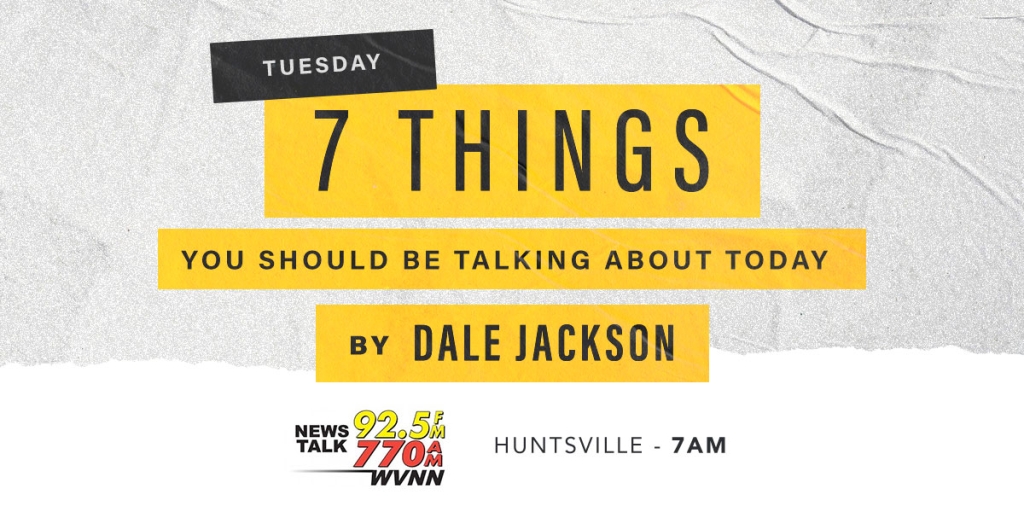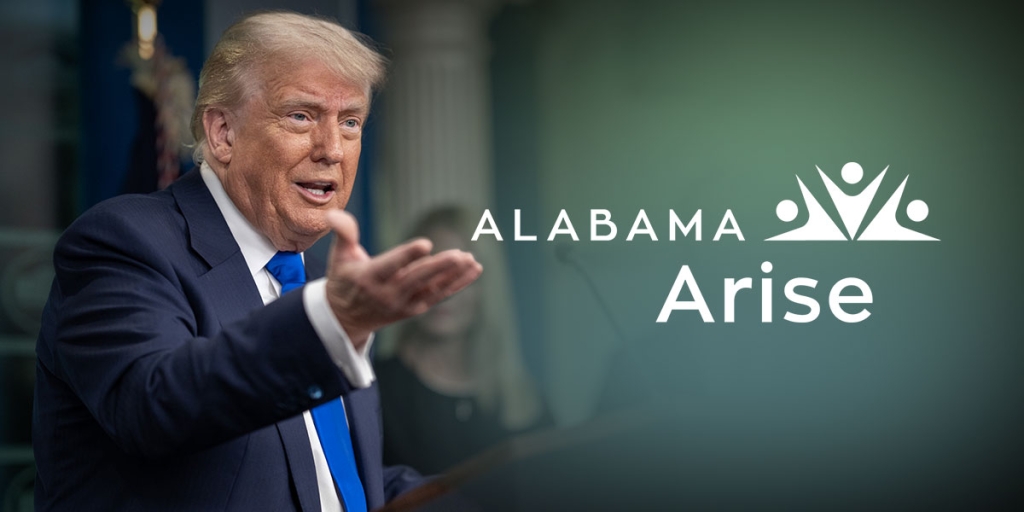Why do negative political ads work, even though we can’t stand them and we know they’re paid for by people whose interests are not objective?
Well, blame the psychology of persuasion in communication.
A message never stands alone on its merit (or non-merit). An intricate system of factors such as perceived source credibility, the medium, the timing, heck — even the way the communicator’s voice sounds and how he or she looks, for example — all go into a cauldron, swirling around to produce a concoction that affects each of us differently.
Such effects can range from the straightforward: a strong message and a highly credible source are the most persuasive, to the counter-intuitively complex: a low credibility source is sometimes more persuasive than a high credibility source depending on when the source is mentioned.
So what about that “Paid for by ….” bit that, by law, must be included at the end of political ads?
Does it help or hurt the perceived credibility of the ad?
Does it matter that it comes at the end of the ad, rather than the beginning?
This is about to get in the academic weeds, but stick with me. This stuff is weird and interesting when you start to realize the little things that persuade us — and can swing campaigns — without us even realizing it.
When the source is not credible, persuasion is still possible
Even though a strong consensus of researchers agree it is least persuasive to link a message to a low credibility source, persuasion is still possible when the timing of the source’s identification is manipulated.
In four separate 1966 experiments, researchers Bradley Greenberg and Gerald Miller exposed participants to a persuasive message either preceded or followed by high or low credibility sources, or containing no source information at all.
One experiment message argued that natural food consumption was a better preventer of tooth decay than tooth-brushing. This message was attributed to a manufacturer of natural food who had a financial stake in the argument’s acceptance (low credibility). The authors found that even though a high credibility source outperformed the low credibility source when identified before the message, persuasion was not entirely lost by using a low credibility source. By presenting the low credibility source information after the message, some of the negative reaction to the message was prevented.
Positive attitude change occurred because participants had already formed a positive reaction to the message by the time the source was mentioned.
Still, the authors concluded that, when possible, it was more persuasive to offer no source information at all rather than link a message with a low credibility source. When use of a low credibility source is necessary, the authors recommended it is more effective to delay the source information until after the message is presented.
When a less credible source is MORE persuasive than a highly credible one
Other researchers found an interesting exception to this rule. When the audience holds favorable initial attitudes toward the topic, it can be more persuasive to precede the message with a less credible, rather than highly credible, source.
Study authors Brian Sternthal, Ruby Dholakia, and Clark Leavitt examined the timing of highly credible and moderately credible source mentions when experiment participants held favorable initial attitudes toward the topic. In two 1978 experiments, either a Harvard-trained lawyer (high credibility) or a lobbyist with no expertise (moderate credibility) presented written arguments in favor of passing the Consumer Protection Agency bill.
The authors found that when the source was introduced before the message, the moderately credible source was more persuasive than the highly credible source. When the source followed the message, the credible lawyer was significantly more persuasive than the lobbyist.
The authors pointed to cognitive response theory to explain this exception. When an audience already favors the position that the message advocates, they may generate more support arguments in their mind to “help” the less credible source make his points.
Thus, at the end of the message, they may have strengthened their position and been more persuaded. However, if the source is perceived as highly credible, the audience may feel no need to generate supporting arguments in their mind. They may reason his competence means they are hearing the best arguments on the topic and may not become any more or less persuaded than they already were before hearing the message.
Even a very low credibility source can outperform a high credibility source
Researchers have also found that sometimes, a low credibility source can outperform a high credibility source depending on message quality and when the source is mentioned. When an audience is exposed to a message that generates a negative reaction (because message points are weak or unconvincing), it may be more persuasive to associate that message with a low credibility source after the message rather than with a high credibility source after the message.
In two 2005 experiments, study authors Zakary L.Tormala, Pablo Briñol, and Richard E. Petty tested the effects of revealing high and low credibility source information after a persuasive message and found that, as usual, strong arguments paired with a highly credible source led to the most attitude change. However, when weak arguments were paired with high credibility sources, less persuasion occurred than when the same weak argument was paired with the low credibility source.
This counter-intuitive phenomenon occurs because people place either confidence or doubt in their reactions to a message depending on how credible the source turns out to be.
In other words, if a person thinks about a message and decides it is weak, that person may place more confidence in their negative reaction when he/she learns that the source is highly credible. If, on the other hand, the audience produces negative thoughts toward a message and then learns the message came from an unreliable source, the audience tends to doubt their negative reaction.
Perhaps they reason that their negative reaction to the message is based on bad presentation, not the merits of the argument, according to the researchers.
The authors conclude it is more persuasive to give low, rather than high credibility source information after a weak message that is likely to generate negative reactions and thoughts in the audience.
So … those negative attack ads paid for by so-and-so, mentioned after the ad, that we all know are not objective and politically motivated?
Even if the ad makes a weak argument and it comes from an unknown, weak, or low credibility source — that may not dampen its persuasiveness.
It might actually make it more persuasive.
RELATED: Why some political smears work, even when they’re lies
Rachel Blackmon Bryars has a master’s degree in communication with a political focus from The Johns Hopkins University.




